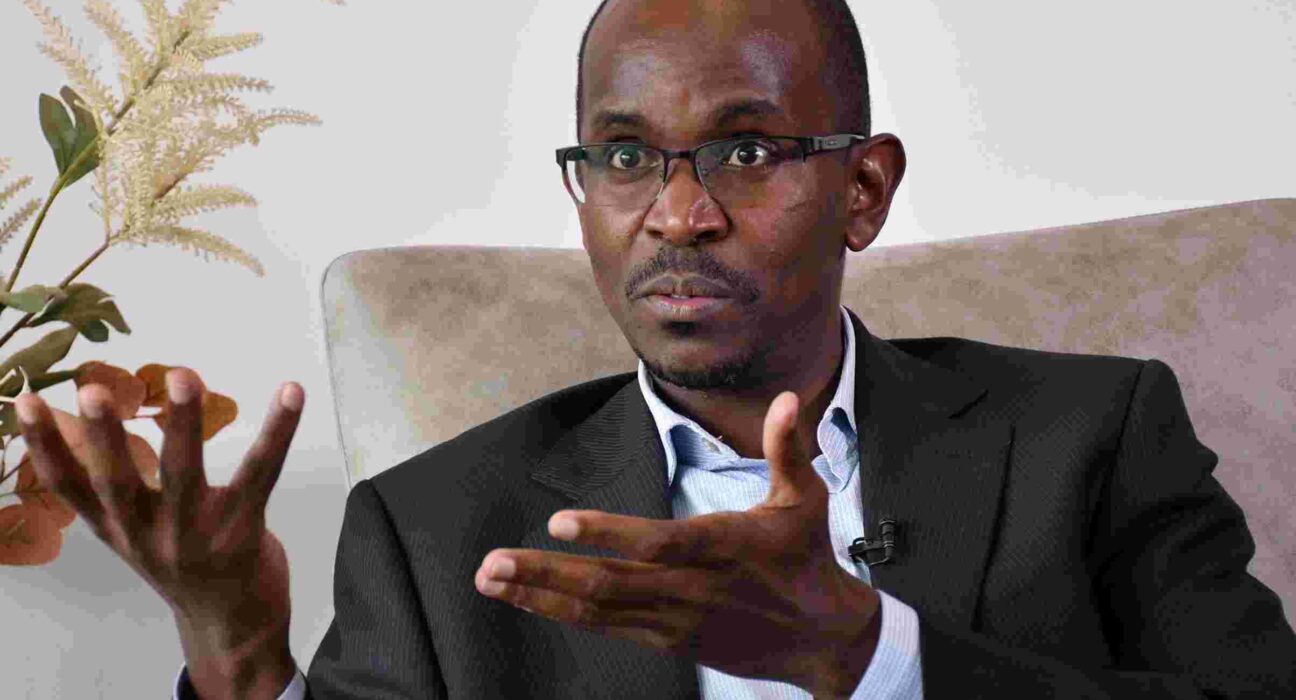Kenya’s real estate sector is booming, cranes stretch across Nairobi’s skyline, new gated
communities rise in the suburbs, and high-rise apartments are reshaping the urban horizon. In 2024
alone, the sector contributed 5.3% to GDP and supported more than 200,000 formal jobs. It’s an
engine of growth but one that must now evolve.
The next phase of real estate growth in Kenya can’t just be about speed and scale. It must be
responsible, and community-driven. Delays in project approvals are more than logistical headaches
they stall private investment, disrupt job creation, and bleed the public purse. Tax revenues from
stamp duty, VAT, and capital gains are lost when developments stall. In today’s tight fiscal
environment, this matters.
What’s often missing? Real engagement. Planning disputes and resistance from residents signal a
deeper issue: lack of trust and collaboration. And yet, therein lies the opportunity.
Urban centres like Nairobi face undeniable pressure; more people, more businesses, more demand.
Densification is no longer a choice; it’s a necessity. But it must be done right. Without strong
infrastructure, thoughtful zoning, and early community input, density becomes chaos.
We can learn from others. Addis Ababa brings residents into urban planning through Public
Participation Development Offices. In South Africa’s Western Cape, Lynedoch EcoVillage shows the
power of shared vision — developers, authorities, and residents building a sustainable community
together.
Here in Kenya, some promising examples are already taking root. In Kiambu and Machakos,
developers are co-investing with residents’ associations in roads and drainage. These grassroots
partnerships offer a scalable model, when backed by policy support and structured frameworks.
Residents are not obstacles, they are stakeholders. Associations can advocate for long-term value:
liveability, and infrastructure adequacy. Developers who engage early gain more than approvals,
they gain insight, and better outcomes.
The real estate sector is a multiplier, touching construction, manufacturing, finance, and retail.
When it slows down, everything does. And when it flourishes, the economy flourishes.
The models exist at home and abroad. What we need is a mindset shift:
From siloed planning to shared vision
From reactive approvals to proactive engagement
From building projects to nurturing communities
Let’s move beyond just constructing buildings. Let’s build neighbourhoods. Let’s build cities that
work for everyone.





